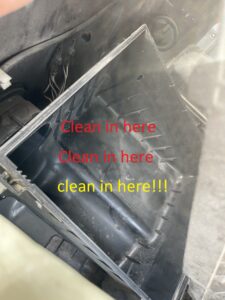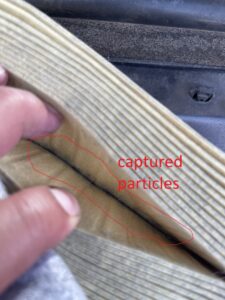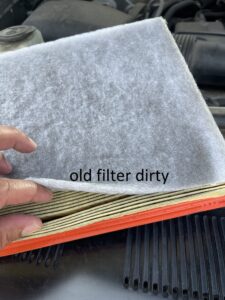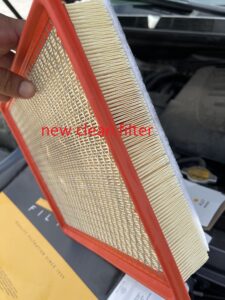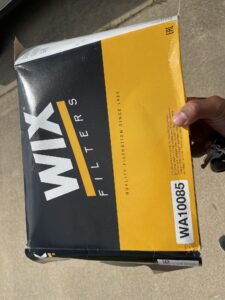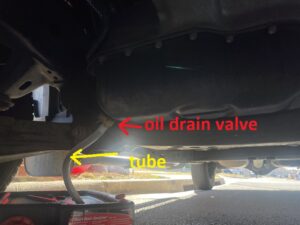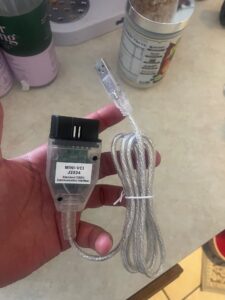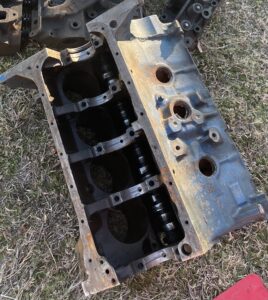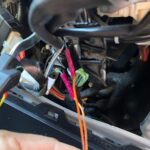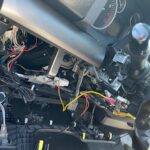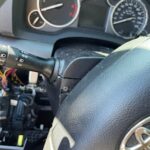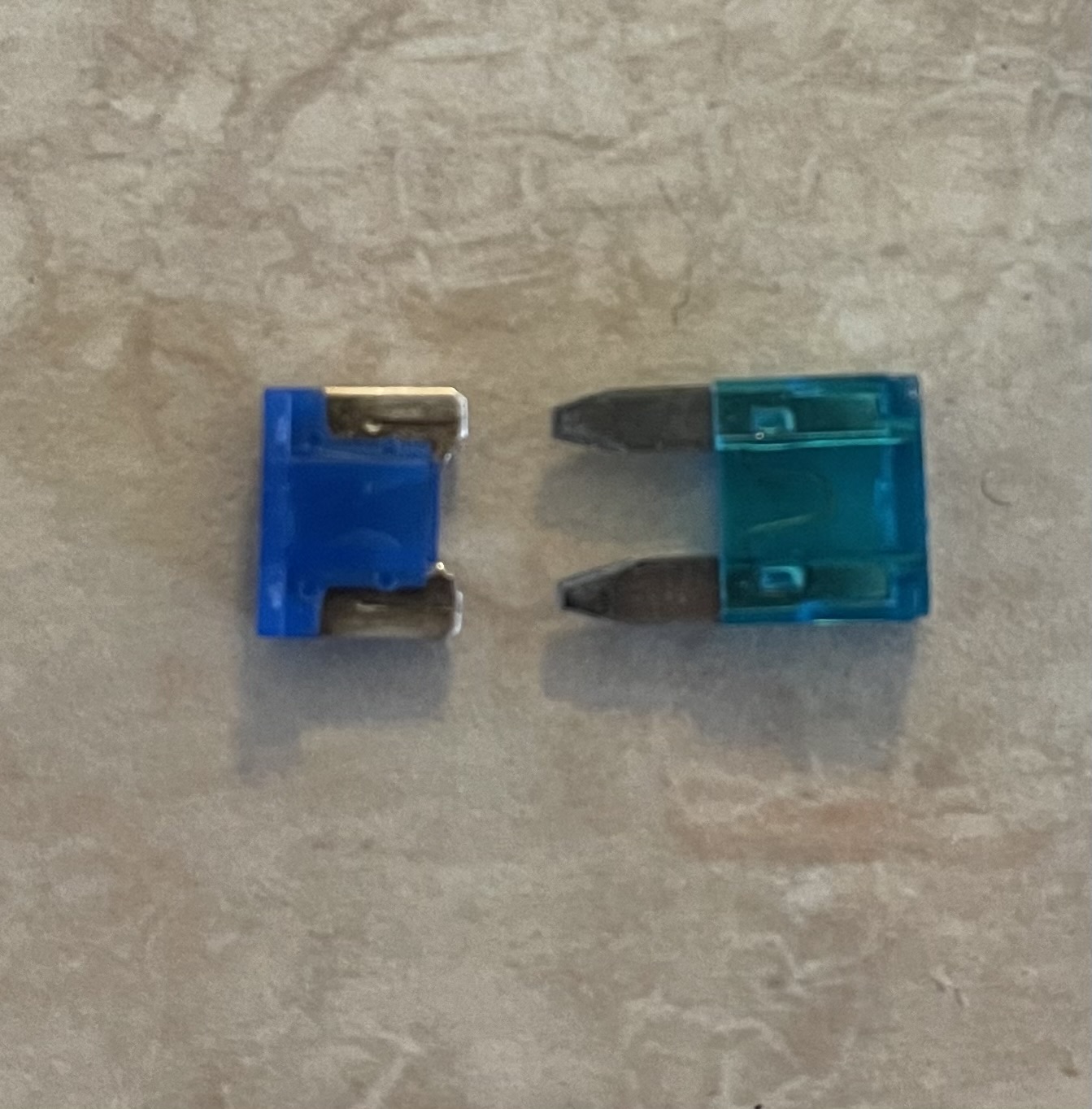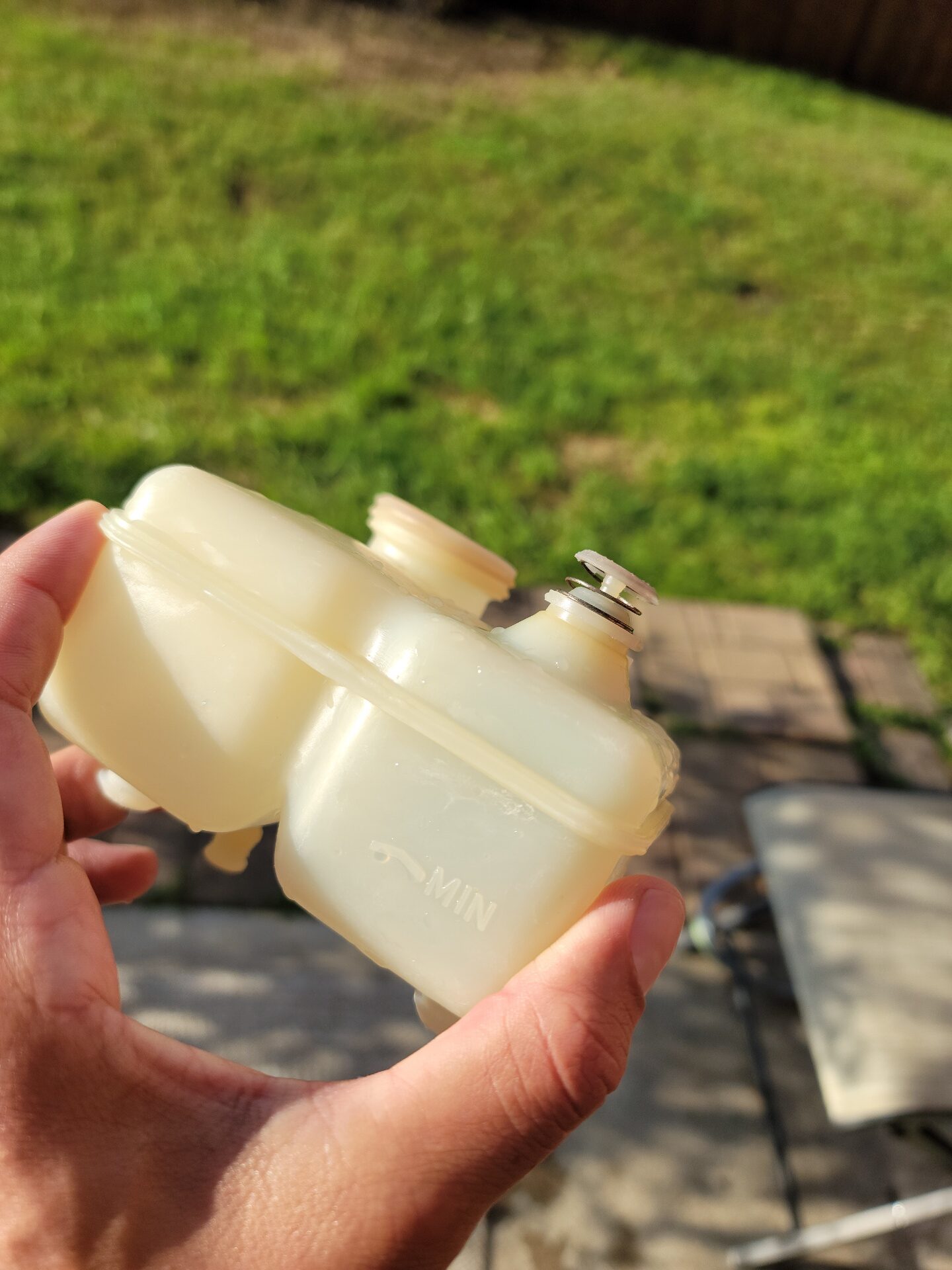A gasoline, diesel, or ethanal vehicle requires air to make combustion. The air filter prevents all kinds of particles from entering the combustion chamber. If a car did not have an air filter at all and someone threw pebbles or other particles into the intake manifold. The engine would suffer catastrophic damage such as valve bending or piston wrings breaking. Having a dirty air filter can restrict airflow into the engine. This can decrease your miles per gallon and cause other problems such as bad idling. It can also build up gunk in the combustion chamber. Surprisingly it can also start to contaminate the engine oil, making it dirty and less effective. For my 2017 Toyota Tundra SR5 5.7 Liter engine, I decided to go with a high-quality WIX filter. I made sure to clean out the airbox. Be careful removing your old filter. Some of the factory plastic pieces are very fragile.
Performance cold air intakes are great to add power, I don’t recommend them for every daily driver. Usually, a factory intake system is designed to reduce water and road debris from getting on the filter. A performance cold air system is designed to give you the maximum amount of air and I have seen a lot that does not provide much protection from driving through puddles or a dirt road. Not every cold air intake is bad at this, but if it just looks like a bent pipe with a filter clamped on the end, I don’t recommend it.
